Selaro "High Summer" (sel-AR-oh | /səl 'ɑr oʊ/ | /səl 'ɑɹ oʊ/)
A celebration of solar energy
Selaro "High Summer" was once the Summer Solstice celebration in Avakiiralon, on the lost elven homeworld of Avalon. In the far-flung star systems of the Avalonian Empire, the focus of Selaro has now become a celebration of the lifegiving aspects of the many stars that their many worlds orbit.
Selaro is the traditional time of the Faerie Ride, the procession of the Seelie Court through their lands and holdings -- probably because the time of year was traditionally so warm. Modern Elven monarchs still make a journey through their holdings, and even monarchs with interplanetary realms are often inclined to make the journey to their most far-flung interplanetary colonies.
History
Midsummer is the height of the growing season on most temperate worlds. The celebrations in Avakiiralon , just as on other worlds, were fueled by warm temperatures, periods of little or scattered warm rains, and an abundance of food.
This was a good time for people to travel, and so it was only sensible that the Seelie Court would take advantage of this time of year to undertake a tour of their realms. Another, perhaps more practical reason, for such tours was that summer was also the most likely time for rebellions to brew, as the necessities of planting were behind, and the necessities of harvest still lay ahead. Having the court, their retinue, and a number of armoured knights already abroad, made it easier to mobilize them should the need arise. Further, entertaining the Royal Court at one's castle was expensive, and thus, monetary resources were drained that might otherwise be used to expand power bases or stir up trouble.
But there was also leisure time for the common folk, and they celebrated the high point of the solar year with feasts, festivals, and dances in their own ways.
Modern elven celebrations are naturally modified by the changing conditions of the locations they inhabit. There is no guarantee that it will be "high summer" when Selaro falls on the calendar, so some communities will be in the grip of the harvest, and others in the grip of winter. Many places have wet and dry seasons as opposed to the more extreme seasonal changes of temperate regions, and they will have their own methods of celebration -- assuming the local climate cooperates.
Execution
Alfar
The Alfar celebrate Selaro with a great pageant featuring solar symbolism. The "sun elves" naturally associate the sun with themselves. The sun is the grandest part of a solar system, the source of wormholes, and the protector of life in the heliosphere it creates. To the Alfar, this is there natural role in their relationship to the elven people. This is the time that Alfar display their power and glory. Alfar aristocrats dedicate the entire year to create (or pay someone to create) their elaborate costumes for these galas. The costumes, strewn with jewels, trim, and other forms of adornment, are often extremely expensive and quite heavy. As a result, the court dances performed at such events tend to be stately and slow. The Alfar also use these events to catch and spread gossip, and to score social points against their rivals. A fireworks display concludes the festivities, supposedly originating in the belief that they drive evil spirits away. Of course, the sophisticated Alfar would all claim to not believe in such silly superstitions, but the fireworks display happens almost without fail anyway.Sidhe
The Sidhe tend to celebrate with lighthearted, more freeform festivals. If weather, climate, and environment permit, they engage in large group folk dances under the sun and moon. A great feast is prepared, but it is designed to be eaten with more of a "grazing" approach than a sitdown meal. Summer wine flows freely. However, it is customary to take some time out of the celebrations to visit sacred wells or pools to wash and purify, or to seek visions. These meditative moments are taken whenever an elf feels the need. A common tradition is the "moon dance". On the eve of Selaro, Sidhe maidens will dress in flowing white and perform a circle dance at twilight. White being the colour of the moon and of mourning, it is intended to symbolize that the moons and suns work in harmony, and that death is a part of life. It is considered a great honour to be chosen for a moon dance. Some communities even hold auditions, and the more graceful and ethereal the dance appears, the better the omens for the coming year. Some Sidhe communities have incorporated the Nunnehi traditions of hillside bonfires, or Solstice fires that are intended for leaping.Nunnehi
Nunnehi, being the most culturally diverse group, may celebrate Selaro in wildly different ways. Some don't even celebrate it at all, preferring instead to focus on the natural cycles of the climates they are in. Some examples of celebrations in Nunnehi communities include:Gar'nes Forest, Meridia, Meridian System
In Gar'nes, Selaro falls during the dry season, when their annual conflict with the trolls dies down. They burn off some of the surrounding thicket, and light bonfires intended to be jumped over. The jumping is done for fertility and blessings in battle. A ritualized hunt of a large animal follows, with the current War Leader taking the lead in the hunt. Once enough large animals are slain to feed the community, they bring them back and hang them to age the meat, then a celebration roars long into the night. Large parties to celebrate the end of the fighting season often ensue, some of which have become legendary. In later years, wild Gnomeball tournaments also became part of the festivities. Surrounding bonfires are kept burning at the base of the Gar'nessi giant trees that house their villages, while elders and wounded warriors keep them tended, which is usually enough to keep the trolls at bay for the night.Glimmering Forest, Glimmerfell, Telasia, Telasian System
On Glimmerfell, the seasons are fairly close to the seasons of Avalon. Selaro falls roughly a week after the Telasian Summer Solstice. As a result, the Nunnehi of the Glimmering Forest gather for a week-long festival. They meet at the Diamond Falls, which is near the geographical centre of the island. Other elves of other communities travel from all over the island, or even all over Telasia, to join the celebration. The Nunnehi host a campsite throughout the week, with merchant tents and grottos specifically set aside for more risque activities. The days are filled with games and solar dances, or journeys through a labyrinth which is permanently maintained as a sacred site. Evenings are filled with bonfire-jumping, drink, feasting, and song. The eve of the Telasian Solstice is focused on the burning of a giant sunwheel which is pushed over the Falls, meant to symbolize the burning of the sorrows of the previous year, and the continuation of the cycle. The festivities conclude with a sedate ceremony greeting the sun as it rises on Solstice morning. By tradition, the elves then go their own ways in silence.Kanothi, Peridot, Telasian System
The wet season also begins in Kanothi at about Selaro. This is the time when rice and banana planting takes place. Even if Nunnehi have gone abroad on Peridot, or to the stars, Nunnehi families tend to come home when possible to assist in the labourious task of planting. Rice and banana liquors from previous crops -- especially if the yield was high -- are sprinkled broadly on the fields, and Druids invoke divine fertility and protection. The Kanothi then gather in large round houses that serve as their community centres, to feast and drink prestigiously. Each person seated around the fire is expected to tell a story, sing a song, or otherwise take a turn at entertaining. The one deemed to have entertained the most is awarded with a barrel of the finest banana brandy of last season's vintage.Veladin, Caer'Thun, Caer'Thunian System
Like the Alfar, the Nunnehi of Veladin put on a pageant. The difference is that it takes place deep in the wooded glens, and celebrates the elven connection with the Fey Folk. Faerie-themed costumes are judged according to beauty and a yearly theme. Afterwards, the typical feasting and cavorting ensues, with the pageant contestants throwing off their fine costume in favour of something (or nothing) more comfortable for the bonfire-leaping. However, none of this begins until noon. It is traditional to awaken at dawn, dress all in white for mourning, and observe a period of silence (or at least quiet, for the children) for the morning. This is in order to commemorate The Battle of the Vel'darran Plains, which took place on Selaro, 3813 AC. It is supposed to be a time of contemplation of the sacrifices of the freedom fighters, and of mourning the dead. The observance ends at noon because that is when the survivors of Tyrannen Invasion surrendered to the Last Free Peoples of Caer'Thun.Plains of Vel'darra, Caer'Thun, Caer'Thunian System
Summer by the Avalonian Calendar is spring in the Northern Hemisphere of Caer'Thun, and Selaro runs roughly equivalent to the Vernal Equinox. The Veldarrans undertake a spring migration with the dire deer, sowing seeds in designated areas along the way, which their migratory tribes will return to harvest in summer and fall. In some places, those traditional territories are either nestled close together or shared, and the Veldarran tribes will arrange their migration to meet at these places at Selaro. This is a traditional time to meet, trade, feast on the game of the hunt, and take a few days to tan hides and salt jerky. Trysting and marriages are common, as is the traditional jumping over bonfires for fertility and blessing. Other athletic contests are also common, although the ones that assume the greatest cultural importance are the Fey-Horse races and the foot race. Each Moot is opened by a ceremony to honour the Ancestors, and in particular, the Shining Ones who lost their lives in the Battle of the Vel'darran Plains. In particular, they make offerings to Lyrissande Verbena and her companion Nasar Omen who gave their lives at the battle to end a great tyranny.Sylphs
Sylphs, perhaps more than any other elven culture, miss the tradition of the Faerie Ride. Weather permitting, they undertake a Faerie Flight in its place. This is a one- to three-day aerial processional, which is joined by most of the young adults of the community. They follow the local monarch or chief in a merry band of cavorting and mischief-making. Ground-bound cultures find them a bit of a menace, but to the Sylphs, the pranks are all in good fun. On the morning of Selaro, the Sylphs engage in a contest of aerial dancing and acrobatics to celebrate energy and change, which precedes the processional in some communities, and follows it in others. A feast, and the lighting of bonfires on the peaks of their high mountain homes follows, regardless of the actual season.Nymphs
Nymphs, as might be expected, take a different approach to Selaro. They celebrate it as the Festival of the Sea-Father, and honour the god of the oceans they follow. The elves gather at meeting places in shallow waters, close to the shore. A great feast is presented in each Nymph community, and athletic games are celebrated to honour Njord or Mannannan. Since Nymphs believe their ancestors are enticed to join them at every great festival, offerings are also made to the ancestors. At dusk, the Nymphs go ashore and blow conch shells to call out their joy to the Sea-Father, and to signal to their ancestors that it is time to go home.Sluagh
Sluagh are the only elven ethnic group with a negative view of Selaro. Because it symbolizes the height of power of the Seelie Court, the Sluagh, who founded the Unseelie Court, are naturally opposed. Because it symbolizes the height of the sun's power, the darkness-loving Sluagh resent it. Sluagh gather in their deep forests and dark caverns, and sing and dance and make as much noise as possible together, in order to ward off the power of the sun. It is considered very bad luck among the Sluagh to allow sunlight to touch one's skin on Selaro.Avalonian Imperial Navy
The Avalonian Imperial Navy focuses on the more martial aspects of the myth of Lugh and Balor. Unless they are engaged in an active firezone, the Navy hosts a formal banquet for their personnel, where special attention is paid to honouring those who have been wounded in battle in the past year. This is when the medal known as a Drop of Lugh's Blood is traditionally awarded. Then the two best duelists, determined either by ongoing rankings, or by a prior competition, draw lots to determine which one of them will play Lugh, and which will play Balor. They don masks intended to represent the two deities, and engage in a ritual duel. Both are supposed to fight to win, but it is considered a poor omen if "Balor" is triumphant. After the banquet ends, a wild party typically ensues. If the sailors and marines are stationed in a place that permits it, bonfire jumping follows, usually with gradually heightened attempts at showing off and daring-do. If they happen to be aboard a ship, a ship's lantern is jumped over instead. Even the officers are expected to participate, and to make the same sort of displays of athleticism that the enlisted do. If they are in a place and circumstance that permits it, the officers of a ship or fleet will chip in to finance a fireworks display. If they aren't, "accidental" firing of ordnance isn't uncommon.Don't forget that you can click on the blue compass on the left to access the Table of Contents at any time!
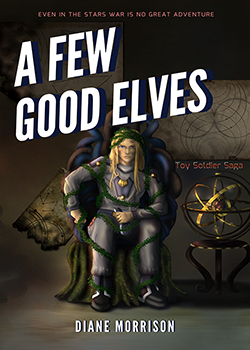
Want to read all of the Toy Soldier Saga fiction, even before the rest of the world does?Subscribe now!
Lugh and Balor
The myth of Lugh and Balor is linked to the celebration of Selaro. Lugh is the creator god of the elves, while Balor is the creator god of the Fomorians. Balor's eye is said to be able to kill armies instantly when he focuses his baleful glare. According to the tale, when the Fomorians and the Tuatha de Danann are at war, Lugh and Balor engage in an epic duel. Lugh is badly wounded, and only the tears of Arianrhod save him (and subsequently create the elves, by mingling Lugh's blood and Arianrhod's tears with the earth). Lugh rises up and cleaves Balor's eye from his head, flinging it into the sky, where it becomes the sun.
Primary Related Location
A Nunnehi princess of Veladyn at Selaro


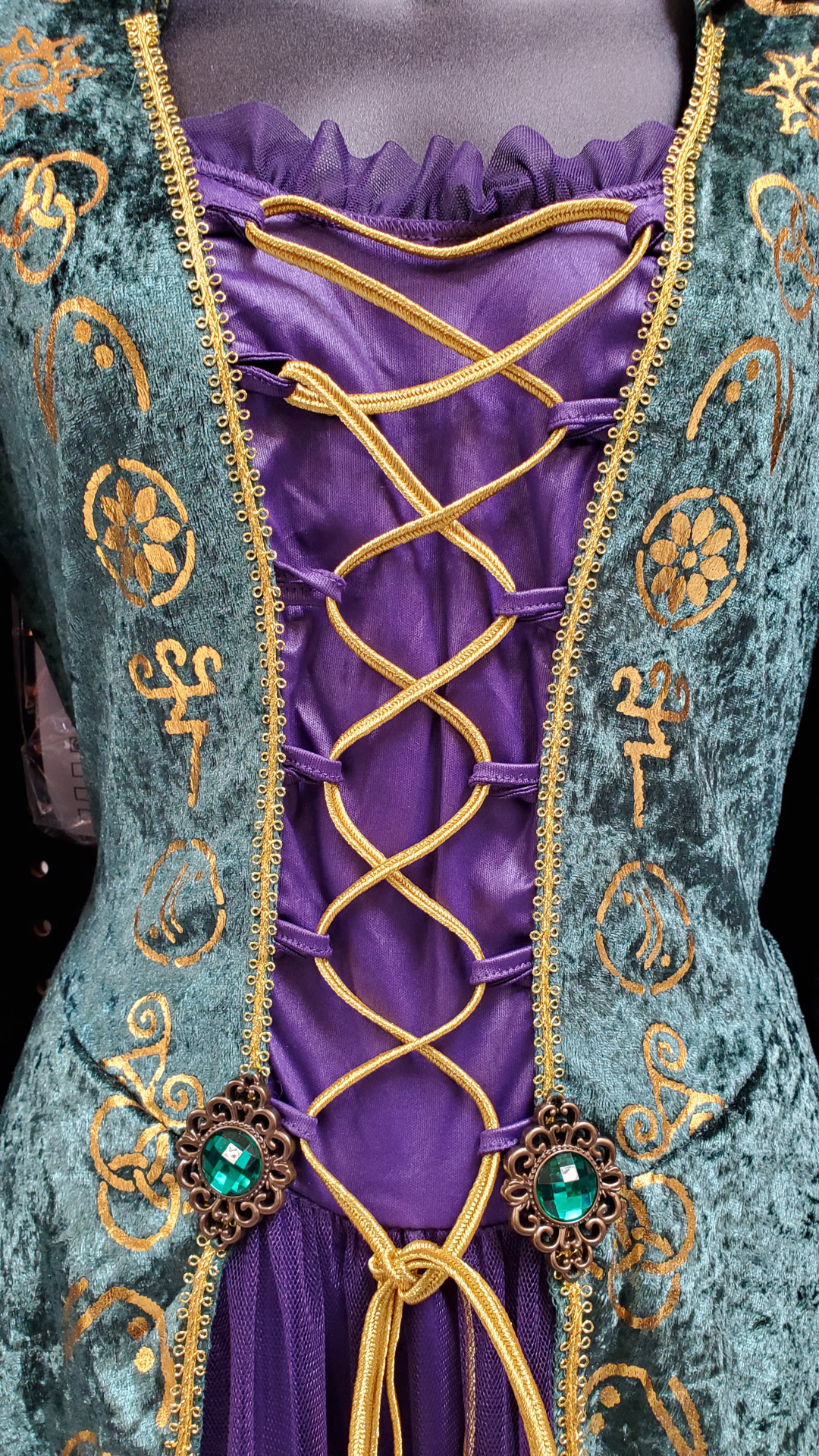
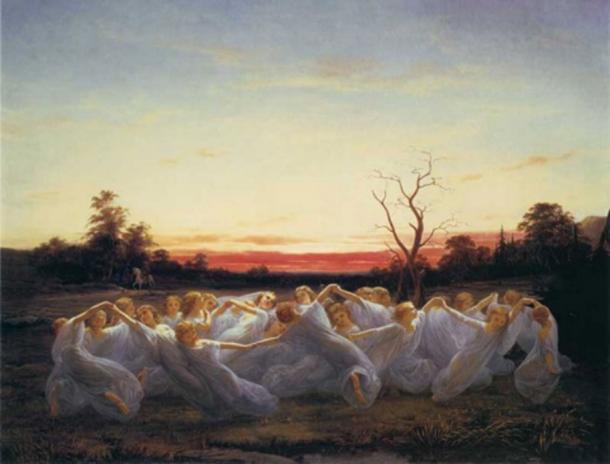
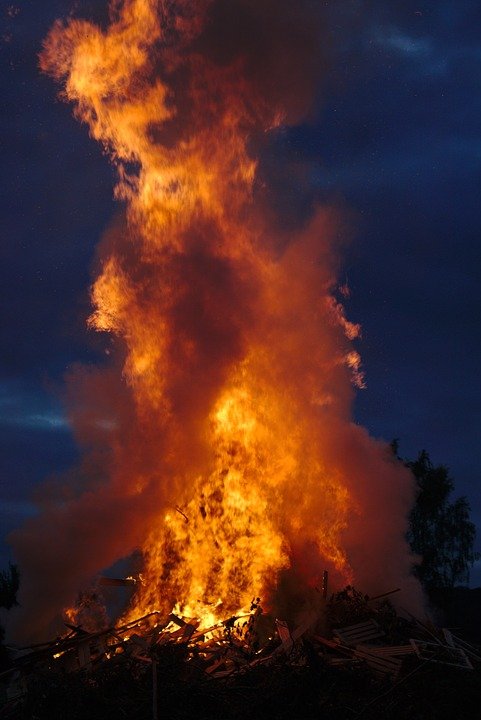
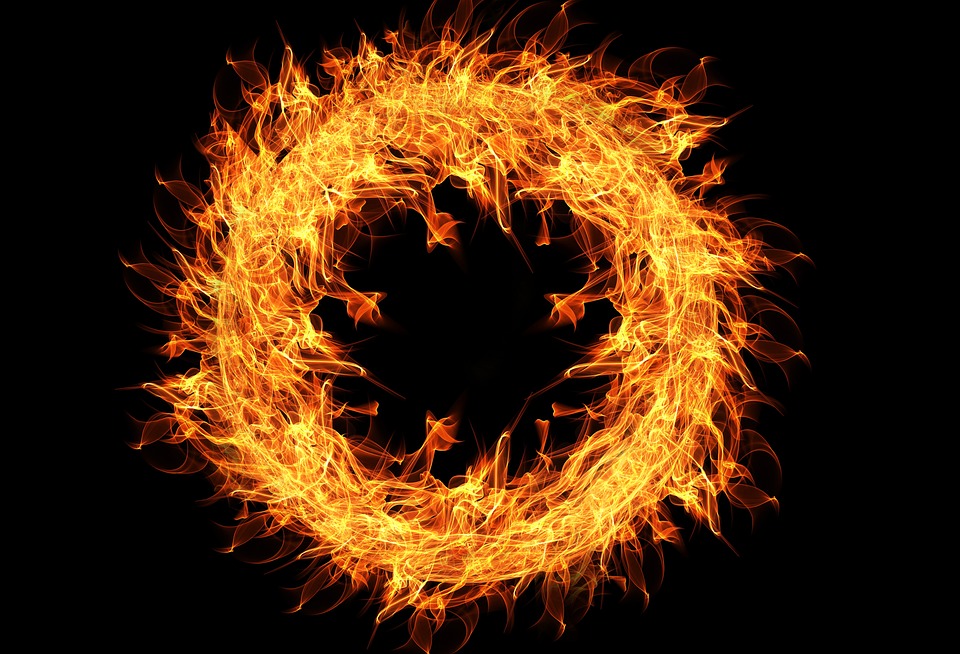

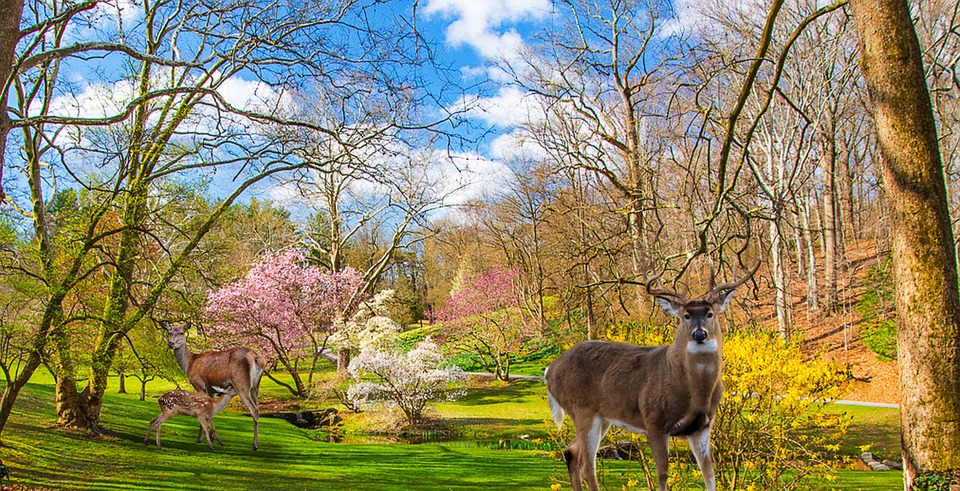


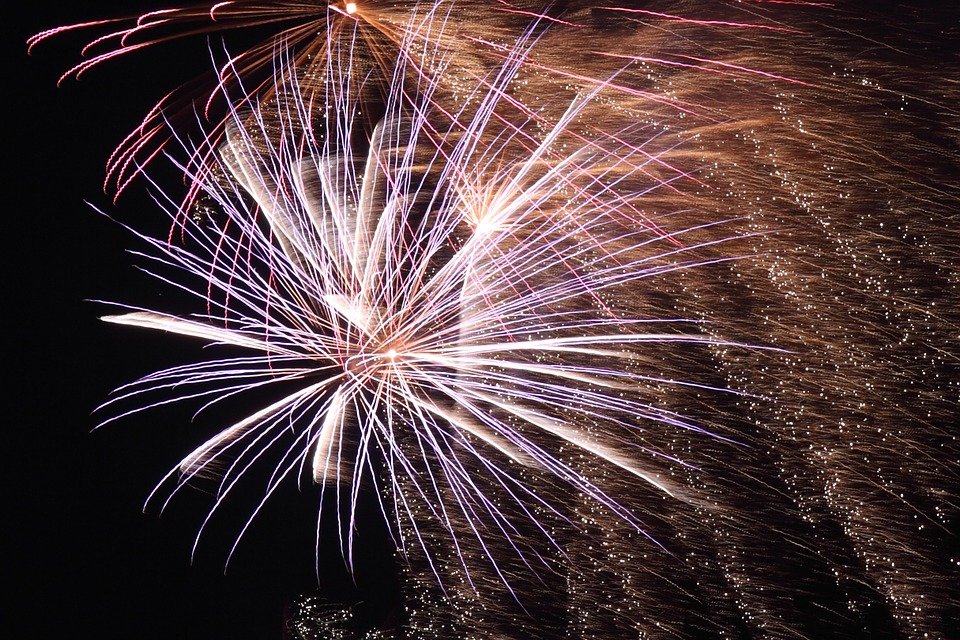
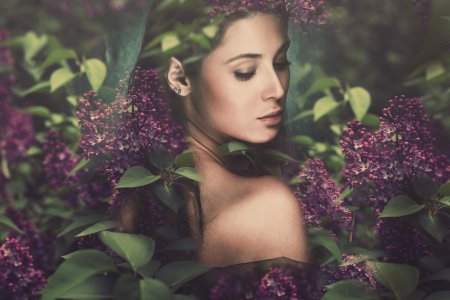
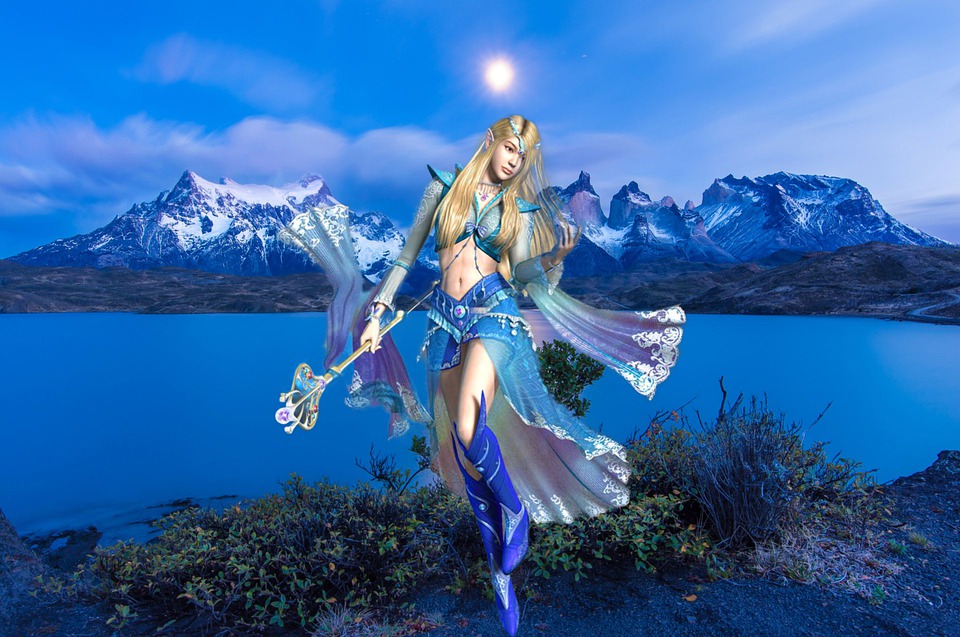
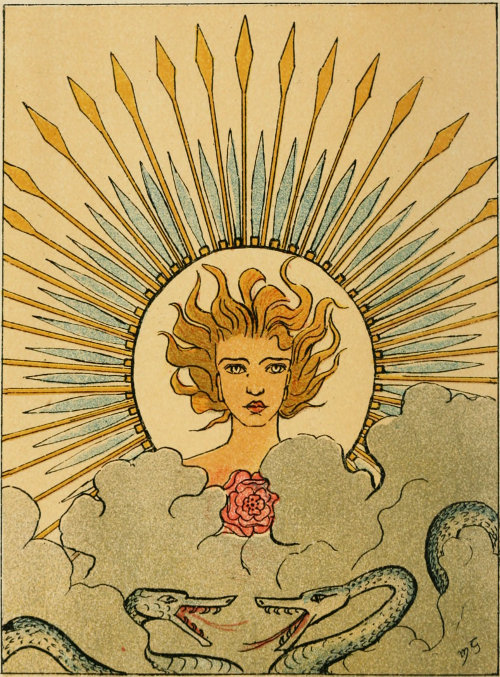
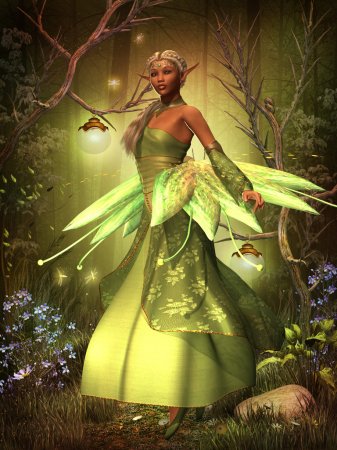
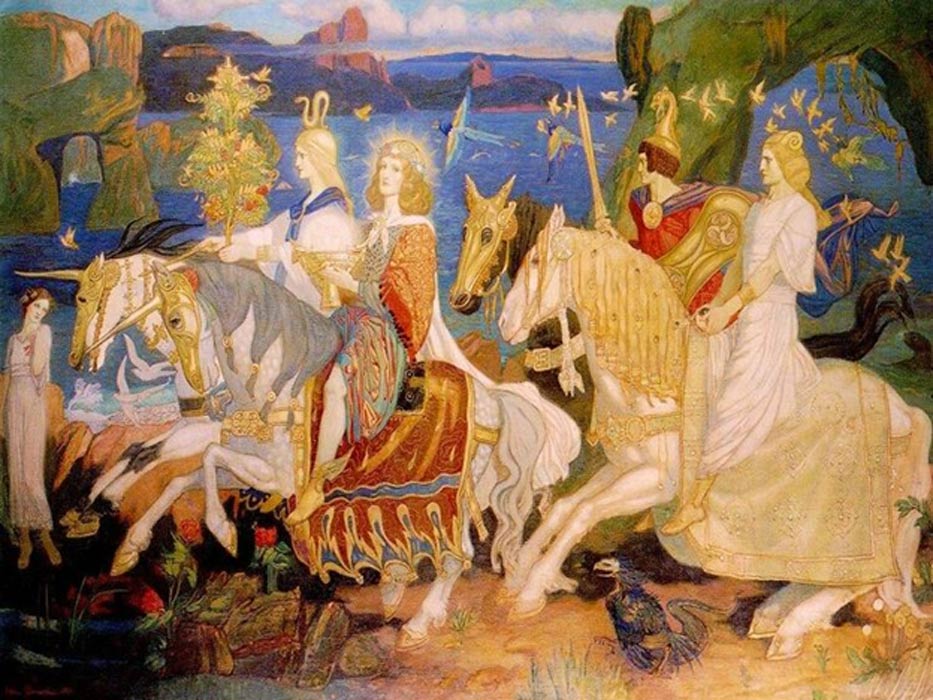
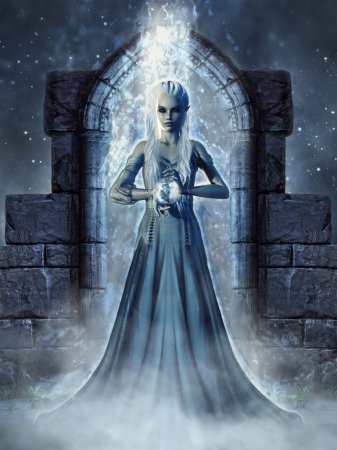
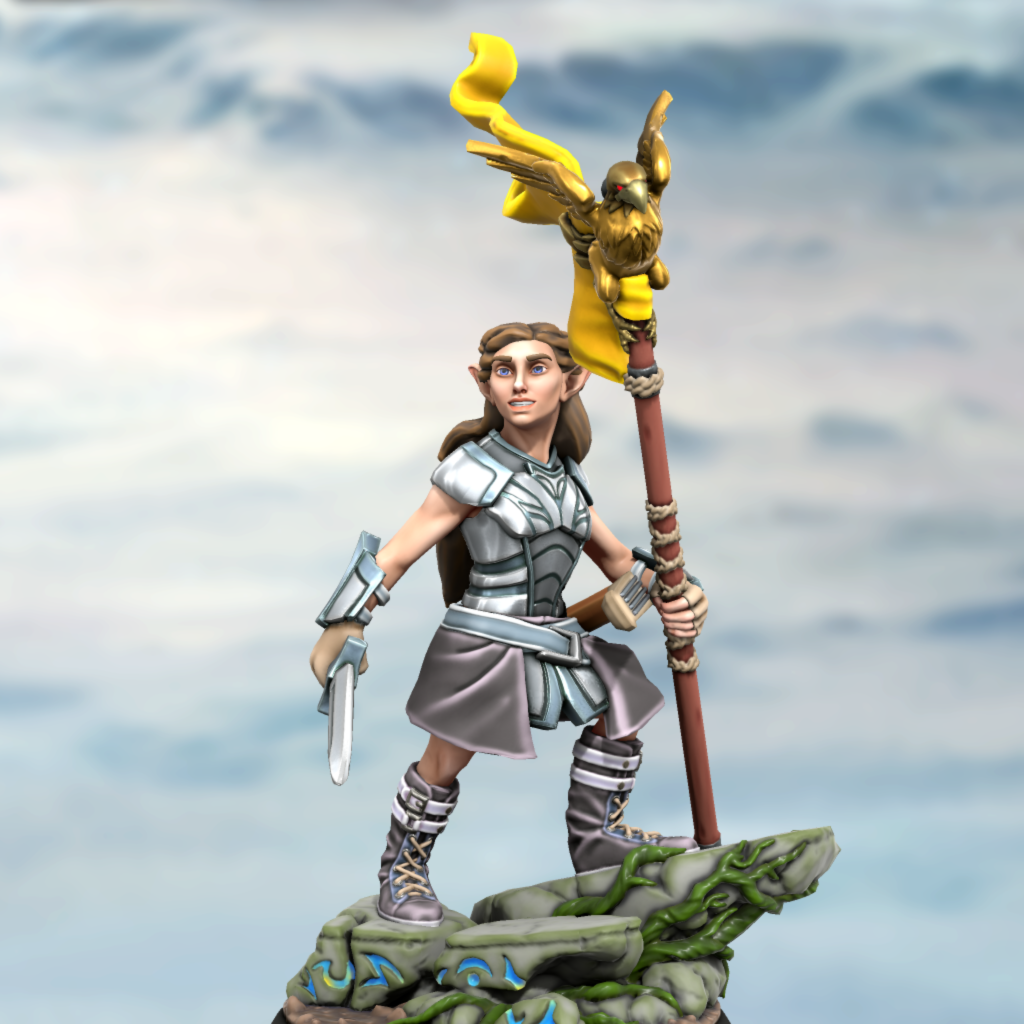



Comments